Weekend Diversion: Obsession, for cats?
The cologne marketed to men as “catnip for women” actually works. Only, not on women, but on jungle cats.
“The impact of an attacking tiger can be compared to that of a piano falling on you from a second story window. But unlike the piano, the tiger is designed to do this, and the impact is only the beginning.” –John Vaillant
Everyone has something (or multiple things) they’re obsessed with. Something they can’t seem to stop thinking about for long; something they can’t stay away from; something that they continue to return to or can’t quite quit. Have a listen to Suede sing about their experience with it in their song, Obsessions,
while you consider that this isn’t a quality exclusive to humans. Sure, we like to pretend we’re the only ones, and we often try and market something irresistible as an obsession. Those of you who remember the late 1980s/early 1990s might even recall a cologne that marketed exactly that.

As it turns out, colognes or perfumes might be a good way to get you noticed, which can be for better or for worse, depending on whose nostrils you interact with. There are very few scents that all humans adore, and even fewer that one would actually say we’re obsessed with.
But the same is not true for other creatures.
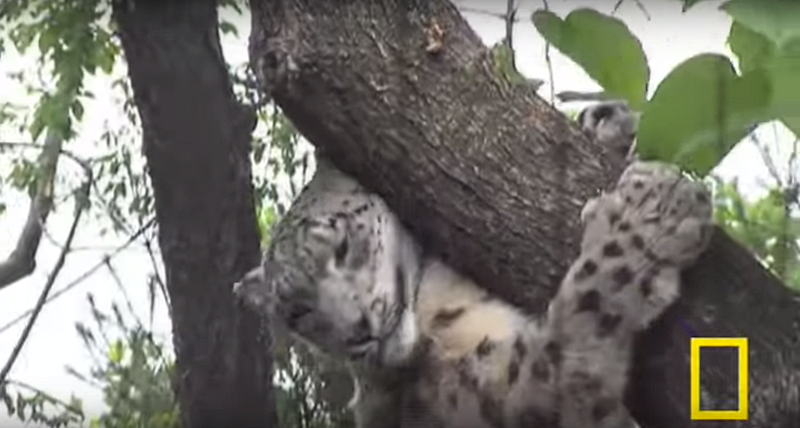
If you’ve ever had a cat that reacts to catnip, you might not be surprised to learn that big cats — tigers, leopards, jaguars, cheetahs and more — can react strongly to certain scents. What might surprise you is that colognes and perfumes that humans use in general tend to actually be those scents.

If you wear a cologne or perfume as a zookeeper, you’re quite likely to be approached — interestedly (which is not a good thing) — by one or more of these big cats. Apparently, “interesting smells” are something that big cats love to rub up against, making it part of their own natural scent. And one of the most powerful, consistently “interesting” smells?
Calvin Klein’s Obsession for men.
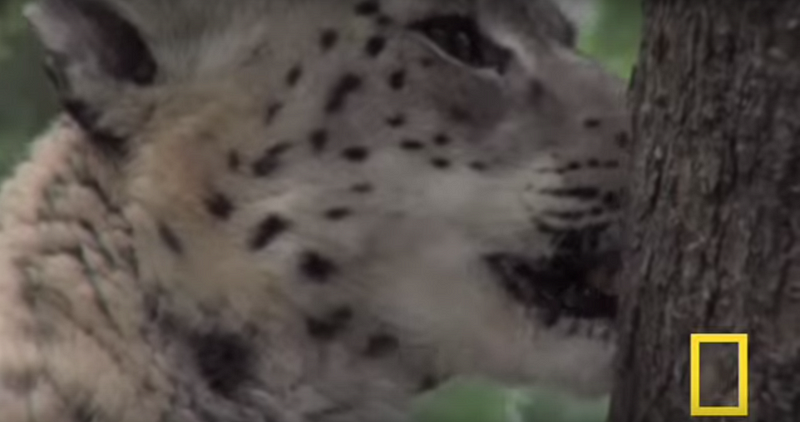
As Pat Thomas, general curator for the Wildlife Conservation Society says,
“Big cats engage in cheek rubbing behavior to either deposit scent, or pick up scents from other cats, there’s very likely a territorial component to that, enabling them to mark territories, and there’s some evidence that they’re also picking up reproductive cues from members of the opposite sex.”

One of the most remarkable applications of this? In the Maya Biosphere Reserve in Guatemala, a protected forest of 8,100 acres, there are an unknown number of wild jaguars. Researchers have set up cameras to take a census of them, but jaguars often move through the region too quickly to get good images of their unique spot patterns, and show little interest in the cameras themselves.
But applying Obsession for men changed all of that.
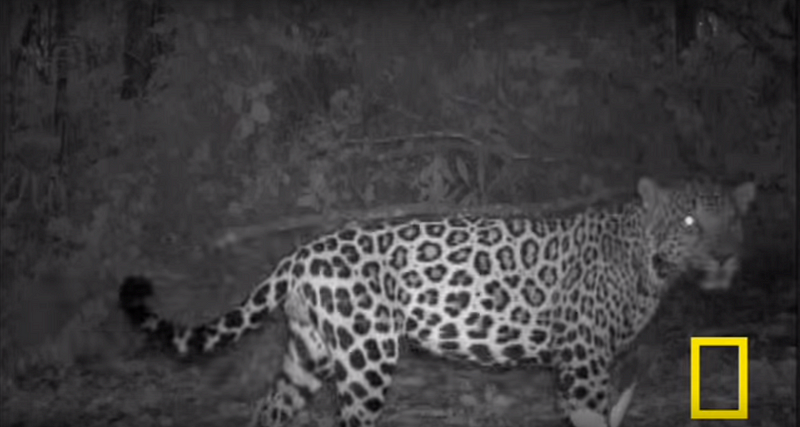
As Roan Balas McNab, a Wildlife Conservation Society program director in Guatemala said,
“We’re just starting to get an idea of how jaguars behave in their habitat. Before we used Obsession for Men we weren’t able to get these images at all.”
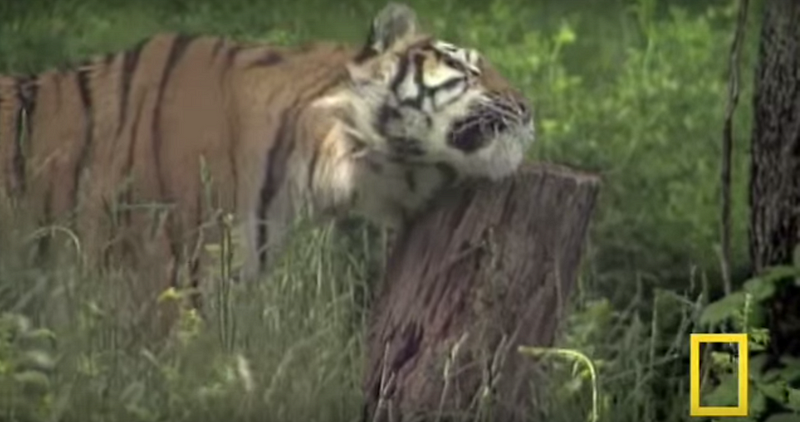
The combination of civetone — a chemical that used to be extracted from a small nocturnal mammal — and vanilla is likely the culprit, as the cats detect the civetone and seek to replace it with their own scent, often licking the civetone off and then engaging in that classic “rubbing” behavior. According to Miguel Ordeñana (as interviewed by Jason Goldman),
“What we think is that the civetone resembles some sort of territorial marking to the jaguar, and so it responds by rubbing its own scent on it.”
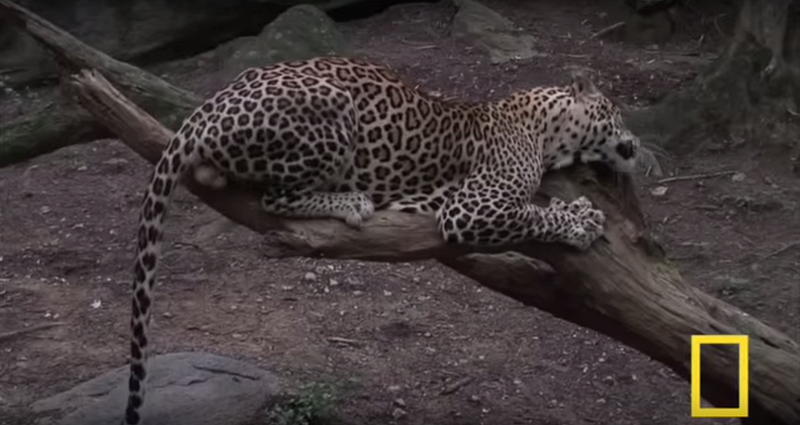
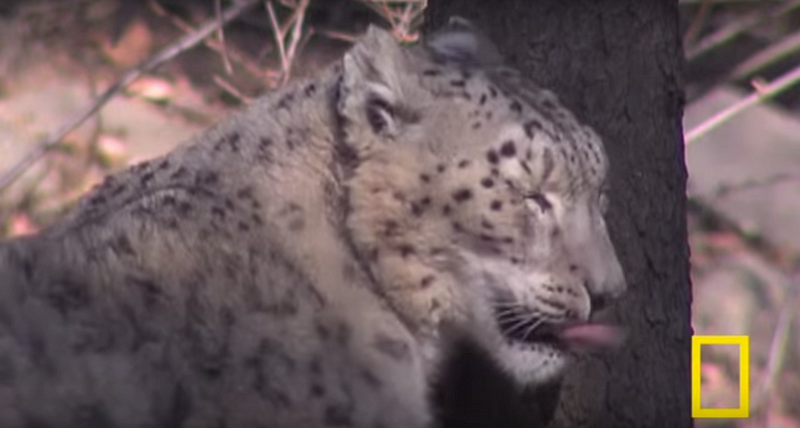
Interestingly enough, some perfumes or colognes — and some two dozen were tested — can hold a big cat’s interest for only two or three seconds, but Obsession for men? Seems to work with Cheetahs at the Bronx Zoo for upwards of 11 minutes at a time.
Have a watch of the full National Geographic video to see what else we’ve learned!
While scientists were initially afraid to release this information, given the potential of poachers using it, they eventually decided that the spread of knowledge was more important than the fears of it being abused. Coupled with the fact that this is far more effective on animals either in captivity or in limited, isolated areas, I’m pleased that information wins out in the end.
I hope you enjoyed this unusual application of the vanity industry, and now you know how to drive some of the most wild zoo animals… wild, and you don’t even need a live civet to do it!
Missed the best of our comments of the past week? Check them out here!
Leave your comments at our forum, and support Starts With A Bang on Patreon!





